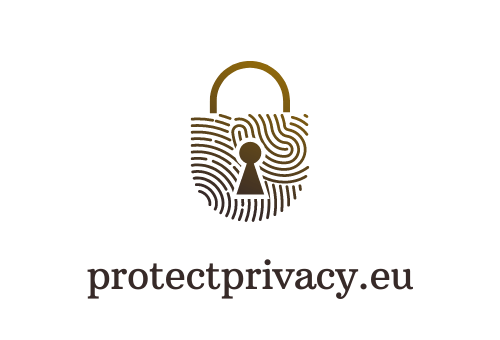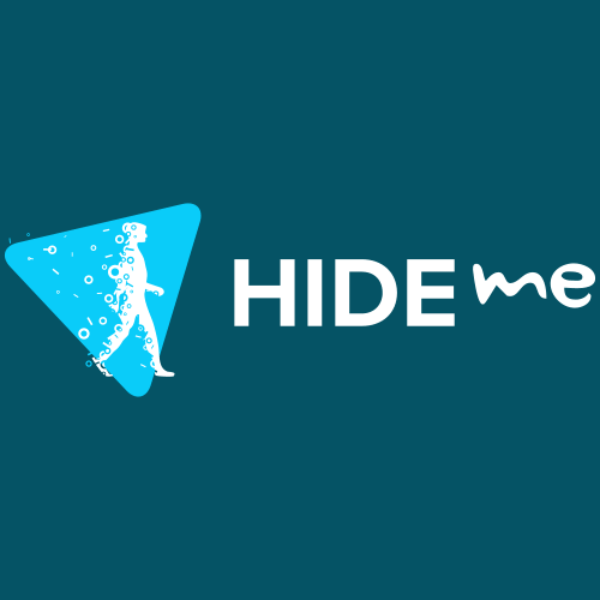The Ghost Protocol: Disappear Online in 8 Steps

The idea of vanishing from the internet might seem like an impossible feat in an age where digital footprints are harder to erase than ever. Every website visit, social media post, and online purchase contributes to a permanent record that companies, governments, and even hackers can access. But for those who value their privacy, disappearing online—what we call “The Ghost Protocol”—is not only possible but increasingly necessary. Here’s how you can reclaim your digital anonymity step by step.
Step 1: Assess Your Digital Presence
Before you can disappear, you need to know where you exist online. Google your name, email addresses, and phone numbers. Identify old accounts, social media profiles, and data brokers that have collected your information. Sites like Have I Been Pwned can reveal if your credentials have been leaked.
Step 2: Delete and Deactivate Accounts
Once you’ve mapped your digital presence, start deleting accounts you no longer use. Social media platforms, old email accounts, and outdated forums are all places where your information lingers. For accounts that don’t allow full deletion, change personal details to random information before deactivating.
Step 3: Remove Personal Information from Data Brokers
Data brokers collect and sell your information. Services like Incogni can help remove your data from these databases. You can also manually request removal from major data brokers like Whitepages, Spokeo, and MyLife.
Step 4: Use a VPN and Encrypted Communication
A Virtual Private Network (VPN) hides your IP address, making it harder for websites and trackers to pinpoint your location. For messaging and emails, use encrypted services like Signal and ProtonMail instead of mainstream platforms.
Step 5: Browse Anonymously
Ditch mainstream browsers like Chrome, which track your activity, and opt for privacy-focused alternatives like Tor or Brave. Use search engines like DuckDuckGo instead of Google to avoid tracking.

Step 6: Secure Your Devices
Even if you erase your online footprint, your devices still collect and transmit data. Disable tracking features on smartphones, use encrypted storage, and regularly delete cookies and browsing history. Consider using privacy-centric operating systems like Tails or Linux distributions focused on security.
Step 7: Go Offline as Much as Possible
Reducing your digital presence also means limiting new data from being collected. Avoid signing up for new services unless absolutely necessary, and minimize your use of online shopping, banking, and social media.
Step 8: Maintain Your Ghost Status
Disappearing online is not a one-time event—it requires ongoing effort. Regularly check for new accounts or mentions of your name, update security settings, and continue using privacy-focused tools. The more disciplined you are, the harder it will be for others to track you.
Final Thoughts
Achieving complete digital invisibility is challenging, but taking these steps will significantly reduce your online footprint. Whether you’re concerned about privacy, security, or simply want to take control of your personal information, “The Ghost Protocol” offers a roadmap to making yourself as invisible as possible in the digital world. The internet may never forget—but with the right approach, it doesn’t have to remember you.







